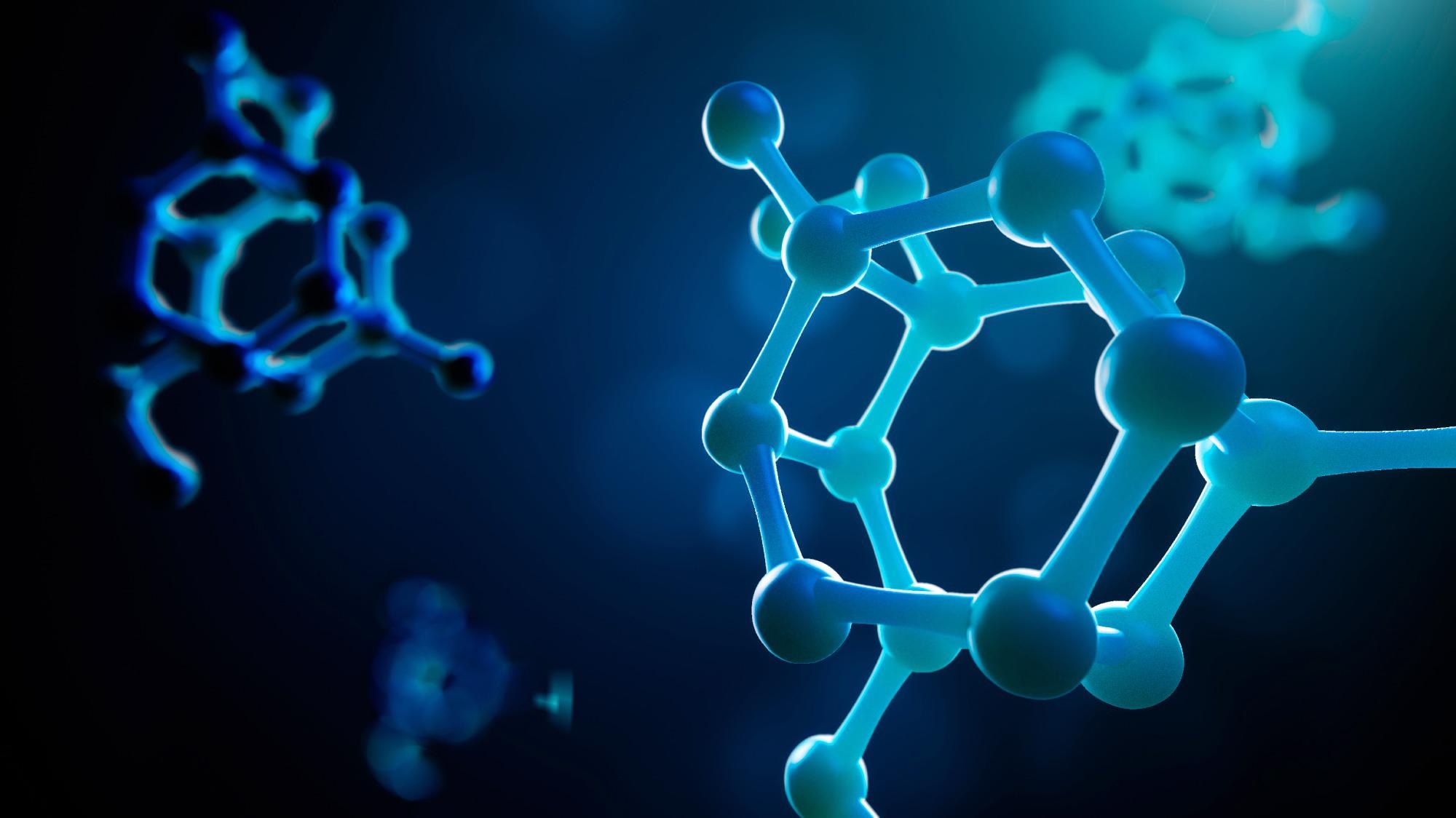Self-healing materials offer the potential to help address a number of global issues including the urgent need to produce and pollute less, and the requirement to move to a more sustainable way of life across all areas of society and industry.

Study: Mechanically robust, shape memory, self-healing and 3D printable thermoreversible cross-linked polymer composites toward conductive and biomimetic skin devices applications. Image Credit: Egorov Artem/Shutterstock.com
New research in the journal Additive Manufacturing considers the properties of 3D printed, thermoreversible, cross-linked network composites.
With the ability to ‘heal’ cracks and mechanical damages accrued via accidental overuse or routine operation, self-healing materials such as polymers and their corresponding composites offer a promising means of extending materials’ useful service lives, reducing their production costs, and minimizing waste.
Composites and self-healing polymers that are based on dynamic covalent bonds or non-covalent bonds have attracted considerable attention throughout the international scientific community.
Chain diffusion – whereby a particle may diffuse in solution due to variations in the number of nearby molecules colliding with the particle from random directions - remains one of the key parameters impacting the healing ability of these materials.
Chain diffusion results in a reduction of beneficial mechanical properties and limits a material’s practical applications in virtually every scenario.
In order to help mitigate these effects and develop self-healing materials with optimal mechanical properties, new research presented in the Additive Manufacturing journal aims to highlight the potential of complex 3D printed self-healing, functional polymers using cost-effective, efficient methods such as fused deposition melting (FDM).
The self-healing functionality of non-covalent bonds (for example, ionic and hydrogen bonds) is dependent on comparatively weaker interactions that occur between non-covalent bonds.
Dynamic covalent cross-linking therefore offers a route to excellent mechanical and self-healing properties. The Diels-Alder cycloaddition reaction of conjugated diene and alkene sees groups that are covalently connected to each other at ambient or mild temperatures begin to break apart when exposed to temperatures greater than 110 °C.
Further Reading: Manufacturing a Jelly-Like Ultra-Hard Hydrogel
The researchers were able to determine that such a thermoreversible Diels-Alder reaction represented an ideal candidate for building a thermally-induced dynamic cross-linking network which also exhibited minimal side reactions, mild reaction conditions, and efficient thermal reversibility.
Most notably, Diels-Alder bonding is also stable at room temperature, meaning that these self-healing polymers are able to maintain their structural stability in typical operating conditions, with increased temperature offering a means of activating the self-healing mechanism.
A series of studies in this area have also yielded positive results, though few studies have thus far used 3D printing methods. For example, thermoreversible cross-linked host polymers have been realized based on the Diels-Alder reaction between furan-functionalized acrylic copolymer and an aliphatic bismaleimide.
These studies leveraged a dynamic chemical approach to develop polymers that offered a combination of excellent transmittance, good thermal performance, and robust temperature-induced self-healing behavior.
Small molecule organic compounds such as bismaleimide have shown good potential for use as dienophiles for Diels-Alder reactions, but the researchers noted that fillers were seldom used as reinforcing agents in thermoreversible cross-linked polymer systems or employed as conjugated dienes or dienophilic crosslinkers in the Diels-Alder reaction for thermoreversible polymer networks.
Despite their intermittent use in this context, fillers offer an ideal means of improving polymeric systems’ properties, affording excellent mechanical strength and thermal stability.
The researchers, therefore, concluded that leveraging a combination of thermoreversible cross-linking and fillers in a self-healing polymeric matrix could provide excellent results, representing a considerable step forward in these already highly promising materials.
More from AZoM: How to Measure Polymer Materials
They also concluded that it was possible to leverage the shape memory effect – whereby a material recovers to its original shape and size upon heating above a specific transformation temperature – to address the historic issue of self-healing polymers chemistries’ lack of effective contact when subjected to severe damaging conditions.
The researchers used these findings to design and prepare a 3D printable polymeric composite that utilized a thermoreversible network with integrated shape memory and self-healing functionality.
They did this by separately preparing cellulose nanocrystals grafted with furan methylamine and maleic anhydride, cross-linking thermoplastic polyurethane and polycaprolactone via hydrogen bonding and a reversible Diels-Alder reaction.
With this in place, an investigation was undertaken into the impact of the cross-linking mechanism and the use of modified cellulose nanocrystals as a cross-linking agent.
Characteristics such as FDM printed thermoplastic polyurethane and polycaprolactone composites’ mechanics, shape memory, micro-morphology, and self-healing properties were investigated using a combination of the experimental approach and molecular dynamics simulations.
The investigations revealed that this approach was successful, with rheological characterization confirming that the resulting composite offered good fluidity characteristics and was appropriate for use with 3D printing molding.
The resulting composites also exhibited excellent printability and flexibility capabilities as well as robust mechanical properties. Most notably, the composites’ improved shape memory effect meant that it was possible to reverse damage via its potent self-healing capabilities.
The ability to 3D print polymeric composites with thermoreversible networks, shape memory and self-healing functions offers a highly promising means of expanding the applicability and sustainability of 3D-printable materials. These materials could prove to be prime candidates for a range of next-generation applications, including advanced and durable wearable electronics and bionic multifunctional materials.
References
Hongjie Bi, Gaoyuan Ye, Hao Sun, Zechun Ren, Tongfei Gu, Min Xu. Mechanically robust, shape memory, self-healing and 3D printable thermoreversible cross-linked polymer composites toward conductive and biomimetic skin devices applications, Additive Manufacturing, 2021, 102487, ISSN 2214-8604, https://www.sciencedirect.com/science/article/pii/S2214860421006357?via%3Dihub
GP Thomas, 2012, AZo Materials, Self-healing Materials – The Future of Repairs https://www.azom.com/article.aspx?ArticleID=7902
Polymer Properties Database, n.d., Diffusion of Polymer Chains, https://polymerdatabase.com/polymer%20physics/Diffusion.html
Disclaimer: The views expressed here are those of the author expressed in their private capacity and do not necessarily represent the views of AZoM.com Limited T/A AZoNetwork the owner and operator of this website. This disclaimer forms part of the Terms and conditions of use of this website.